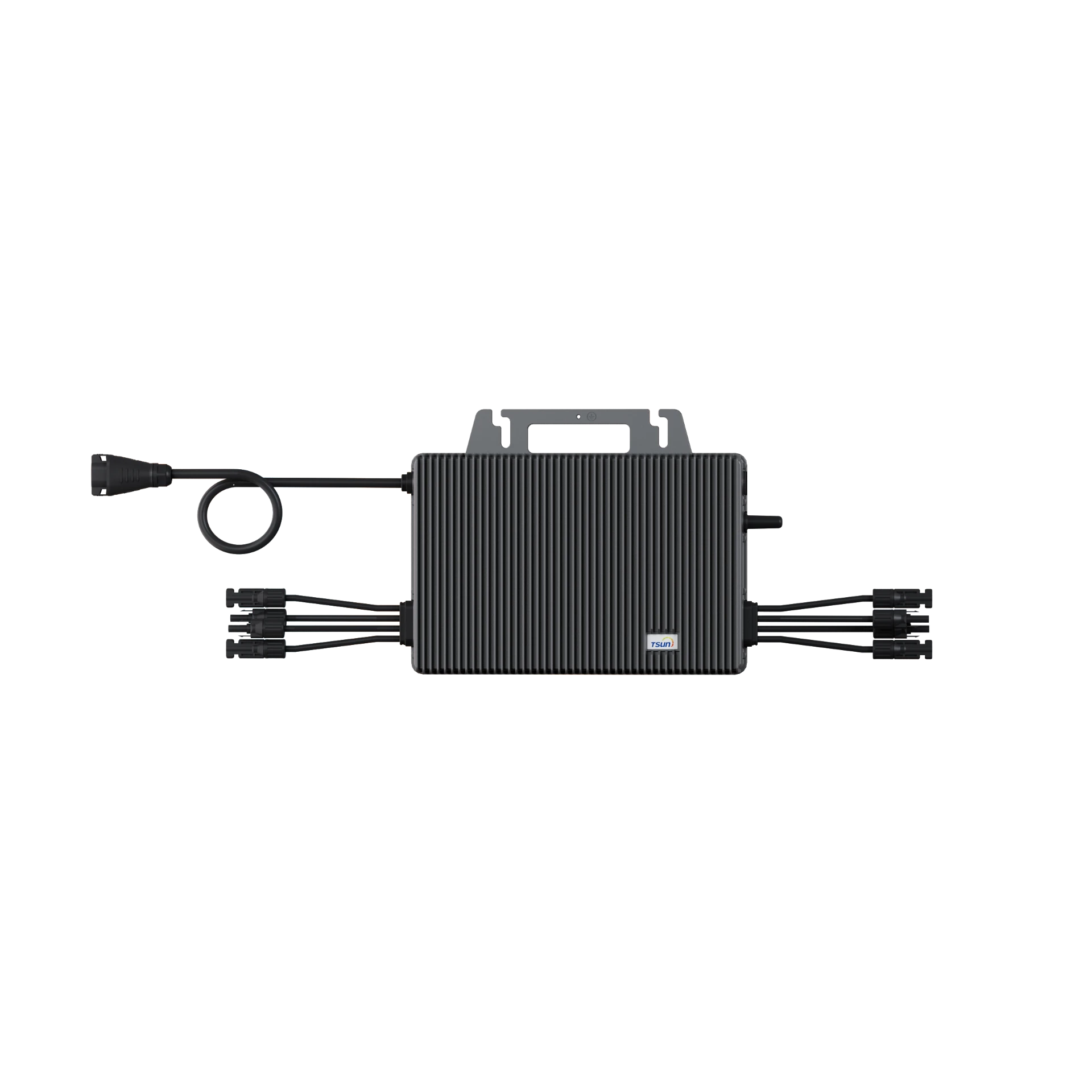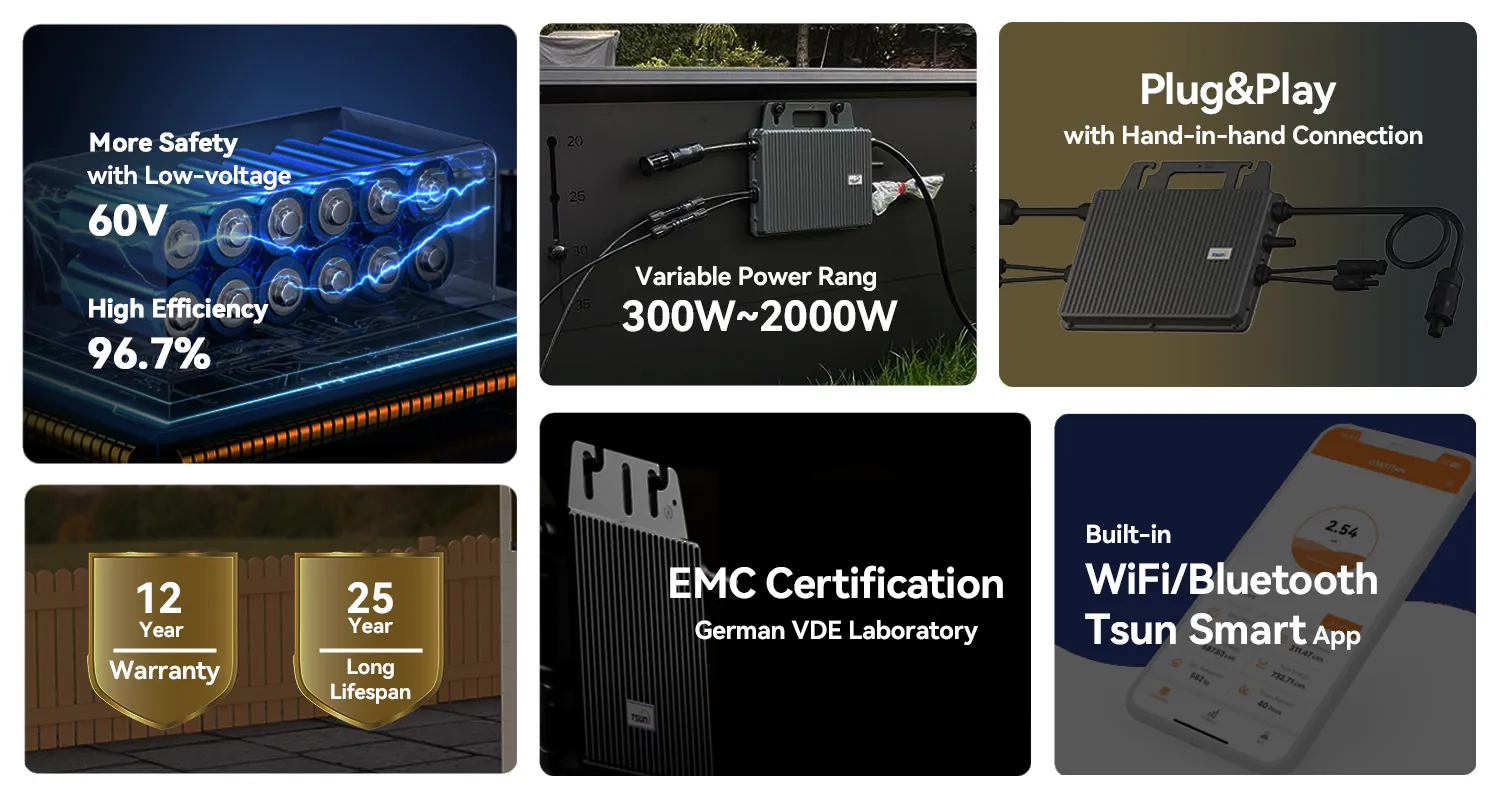In the evolving landscape of renewable energy, home power storage systems have rapidly become the cornerstone for sustainable living. These systems, which often include high-capacity batteries and sophisticated management software, empower homeowners to harness and store surplus energy, offering both energy independence and cost savings. As the demand for sustainable energy solutions skyrockets, understanding the nuances and benefits of home power storage is crucial for anyone looking to transition towards a greener future.

Home power storage systems are primarily designed to optimize the usage of renewable energy sources, such as solar or wind power. By storing excess energy generated during peak production times, homeowners can utilize this power during non-generating periods, like nighttime or cloudy days. This not only maximizes the utility of renewable energy sources but also reduces dependence on the grid, subsequently lowering energy bills.
A significant advantage of these systems is their ability to provide a reliable backup during power outages. In regions prone to unpredictable weather or grid instability, home power storage systems offer peace of mind. Modern systems are equipped with intelligent management features that automatically detect outages and switch to stored power, ensuring continuity without manual intervention. This capability underscores the systems' reliability and their increasing role as a safeguard against power disruptions.

The technology behind home power storage systems has seen significant advancements, with lithium-ion batteries leading the charge due to their efficiency, longevity, and decreasing cost. These batteries are complemented by smart inverters and energy management systems that intelligently allocate stored power based on real-time consumption patterns, enhancing the overall efficiency of home energy use. This level of sophistication not only speaks to the expertise embedded within these systems but also their capacity to adapt and evolve with homeowner needs.
For those considering the transition to a home power storage system, understanding installation and maintenance is vital. Installation typically involves integrating battery units with existing energy sources, such as solar panels, and configuring energy management software. While professional installation is recommended to ensure optimal setup and safety, the maintenance of home power storage systems is relatively minimal. Most systems are designed to perform regular self-diagnostics and communicate performance metrics and maintenance alerts to the user, ensuring trustworthiness through transparency and proactive management.
home power storage system
A substantial benefit of investing in home power storage is its contribution to environmental sustainability. By reducing reliance on fossil fuel-driven grid power, these systems significantly diminish carbon footprints, aligning with global goals of achieving a more sustainable environment. Furthermore, as government policies increasingly favor renewable energy adoption, homeowners can often benefit from incentives and subsidies, making the financial aspect more attractive.
The rise in popularity of electric vehicles (EVs) has also sparked interest in home power storage systems.
For EV owners, these systems offer a dual advantage. Not only do they facilitate the use of cleaner energy for vehicle charging, but they also present the possibility of using EV batteries as an additional energy storage resource. This bi-directional flow of energy further exemplifies the versatile applications of home power storage solutions.
As the market for home power storage grows, so does the array of brands, models, and configurations available. Experts recommend considering factors such as storage capacity, compatibility with existing renewable setups, warranty, and overall system flexibility when selecting a system. Consulting with professionals can provide valuable insights into the most suitable options to meet personalized energy needs.
In conclusion, home power storage systems are revolutionizing the way households consume energy. Their blend of cutting-edge technology, environmental benefits, and economic savings positions them as essential components in the transition towards sustainable living. As technology continues to advance, these systems are set to become even more integral to our daily lives, underscoring their authority as a cornerstone of modern, sustainable homes.
 LEARN DETAILS
LEARN DETAILS



